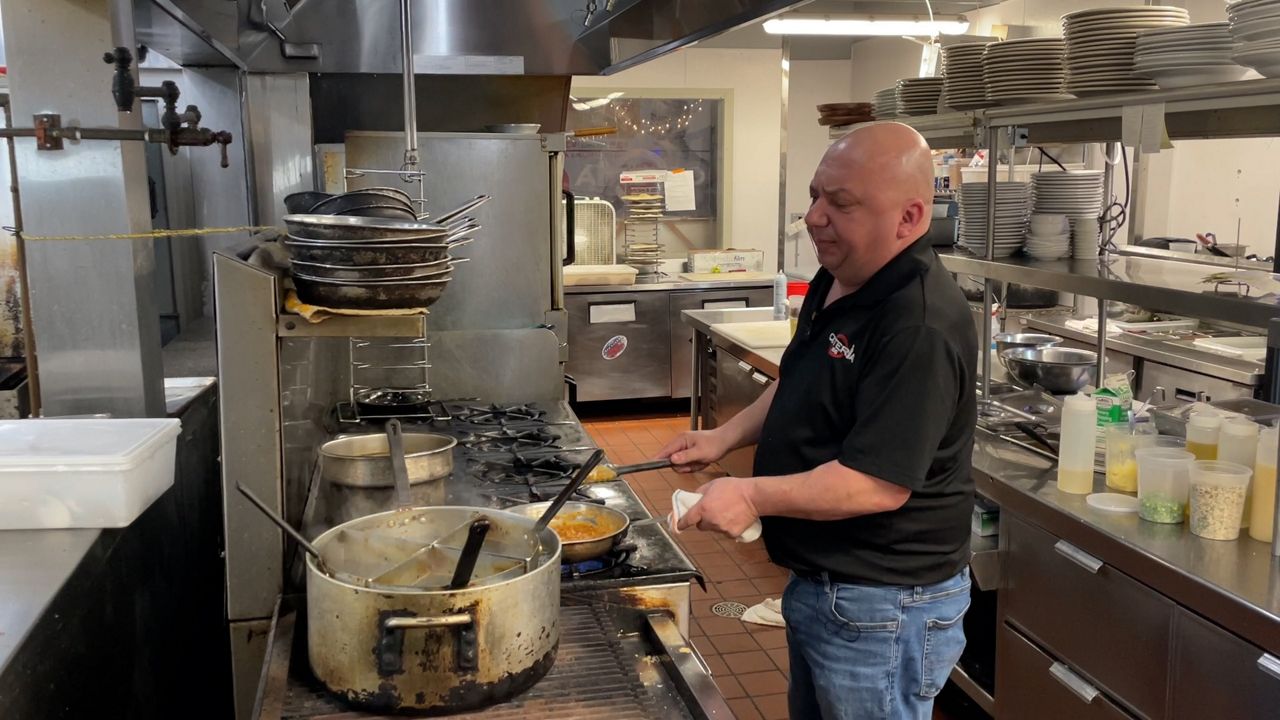Three Western New York counties — Erie County, Niagara County and Chautauqua County — saw an increase in overdose deaths during the COVID-19 pandemic.
Nationally, 71,000 people died from overdose nationally in 2019 — up from 67,000 in 2018, according to the Centers for Disease Control and Prevention.
And while Erie County was highlighted as a national model for its handling of the opioid epidemic, it is seeing its first increase of opioid related deaths in years.
The county lost 156 people to opioid overdose deaths in 2019, according to data provided by the county.
On August 3, the Erie County Opiate Epidemic Task Force held its third quarterly meeting of 2020. As of then, Erie County reports 48 opioid overdose deaths and 134 suspected overdoses, an increase of the 44 confirmed people who died due to opiate overdoses in the county — with an additional 127 pending cases reported last week.
Some of the increase in deaths are due to confirmation of the suspected overdose.
If all of those deaths end up being confirmed due to opioids, the county will have surpassed last year’s numbers with almost five months left in the year.
Hispanics represent 6 percent of the county’s population, but accounted for nearly 14 percent of 2020 opioid overdoses, double from 2018.
Black people represent 15 percent of the county's population, but they accounted for 18 percent of 2020 opioid overdoses — an increase of 8 percent from 2018 and 2019, according to preliminary data shared at the meeting.
The increase in deaths among Black people mirrors a national trend.
The rate for overdose deaths among Black people in America was 40 percent compared to a population increase of 21 percent, according to a 2020 report by the Substance Abuse and Mental Health Services Administration Office of Behavioral Health Equity.
White residents in Erie County represent 81 percent of the population but have continuously seen a decrease in overdoses from 79 percent in 2018 to 68 percent in 2020.
The increase in percentages of these deaths are associated with fentanyl and cocaine, from about 15 percent in 2016 to 45 percent of closed cases in 2020 which was determined through toxicology testing by the Erie County Medical Examiner’s Office.
Many of those deaths are people in their 40s, 50s and 60s who are using cocaine with traces of fentanyl in it, said Gale Burstein, Erie County commissioner of health at a July 28 press conference.
There are resources in the community to help those who are using, including free naloxone, their 24-hour hotline addiction hotline at 716-831-7007, medically assisted treatment and more.
Individuals can get fentanyl test strips through Evergreen Health, are encouraged to cut back on the amount of their supply that they use, and to call a helpline like Never Use Alone at 1-800-484-3731.
To learn more about the task force, visit their webpage. You can text or call 716-225-5473 for naloxone.








